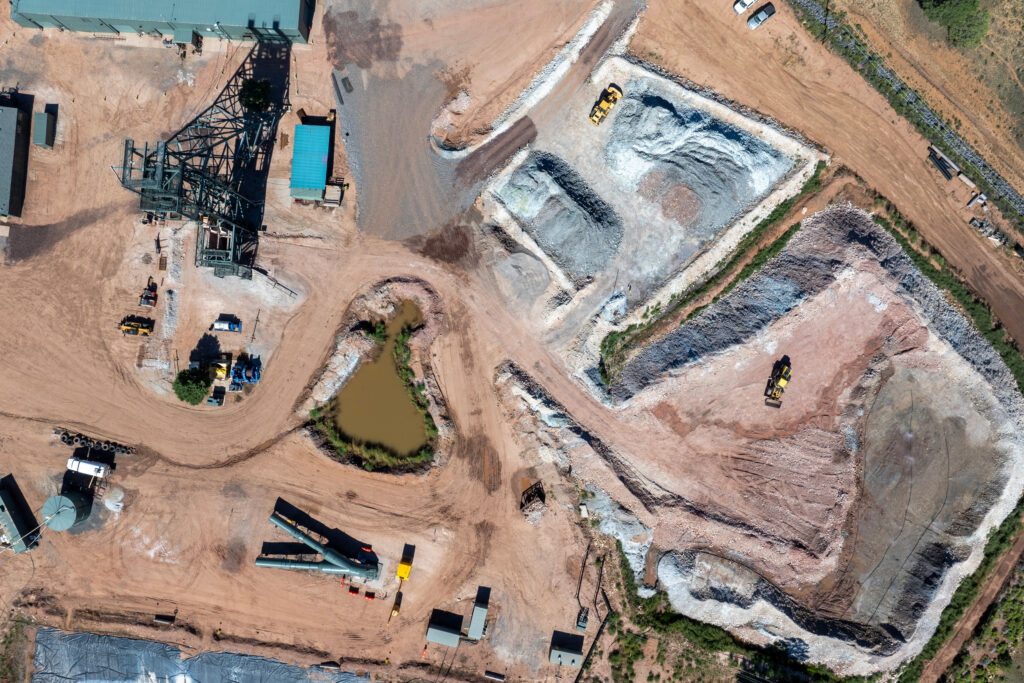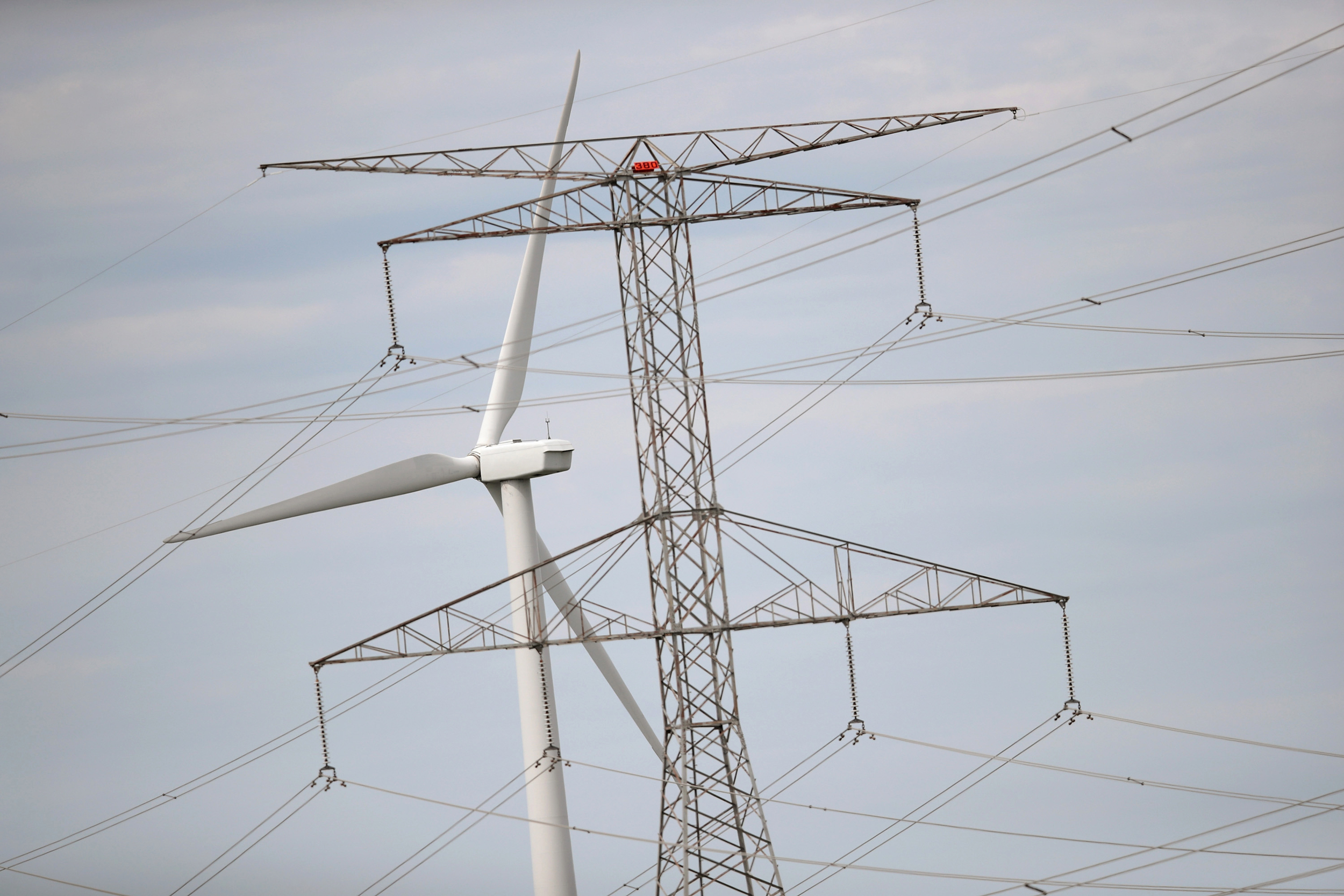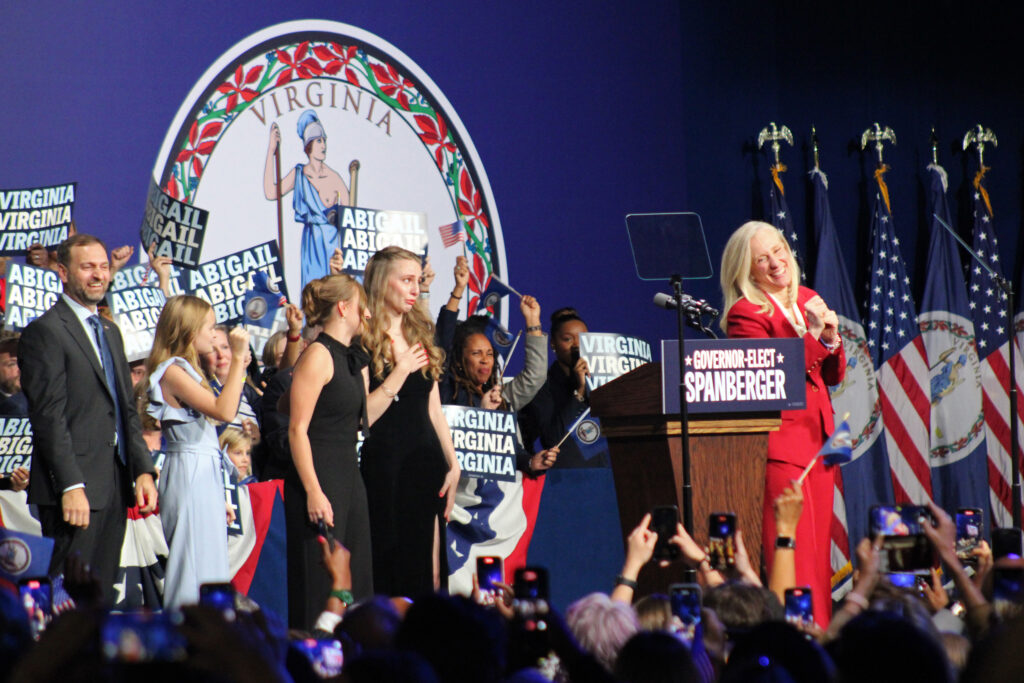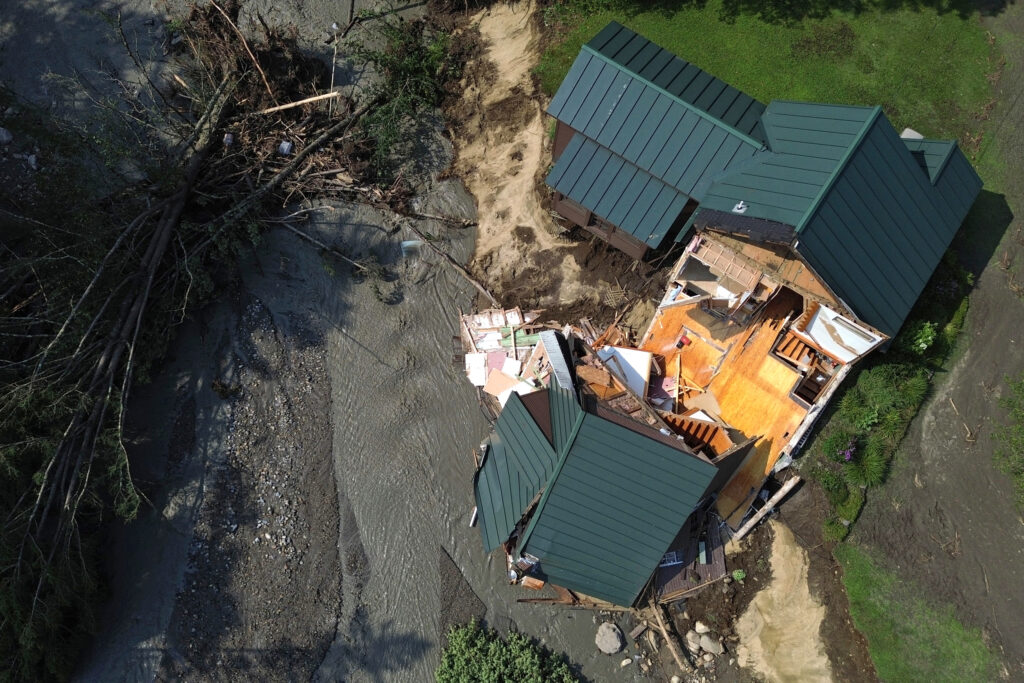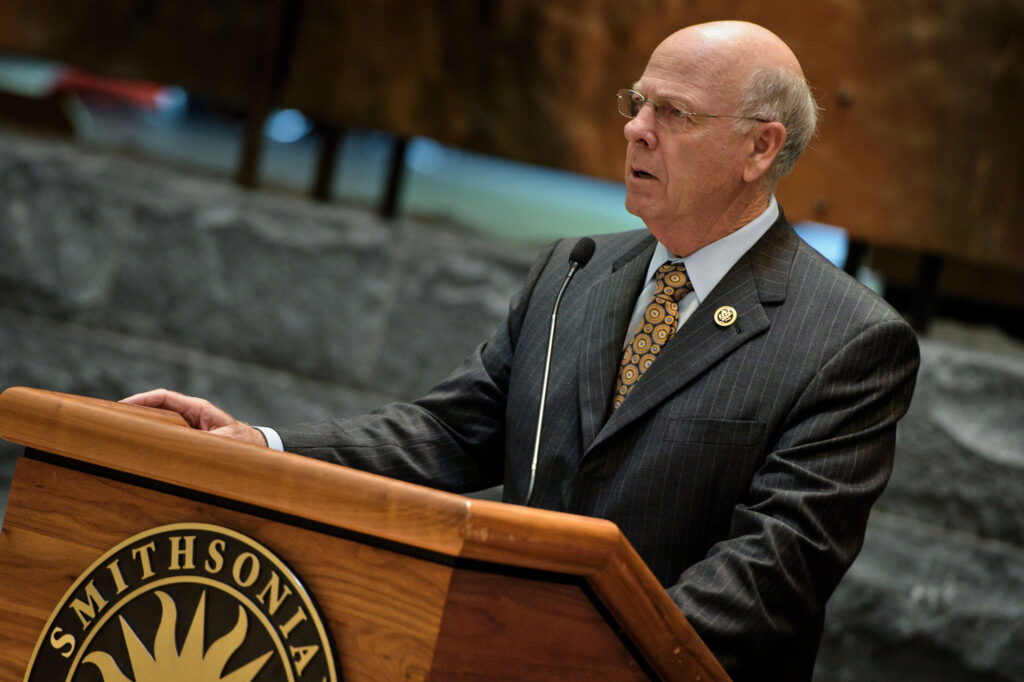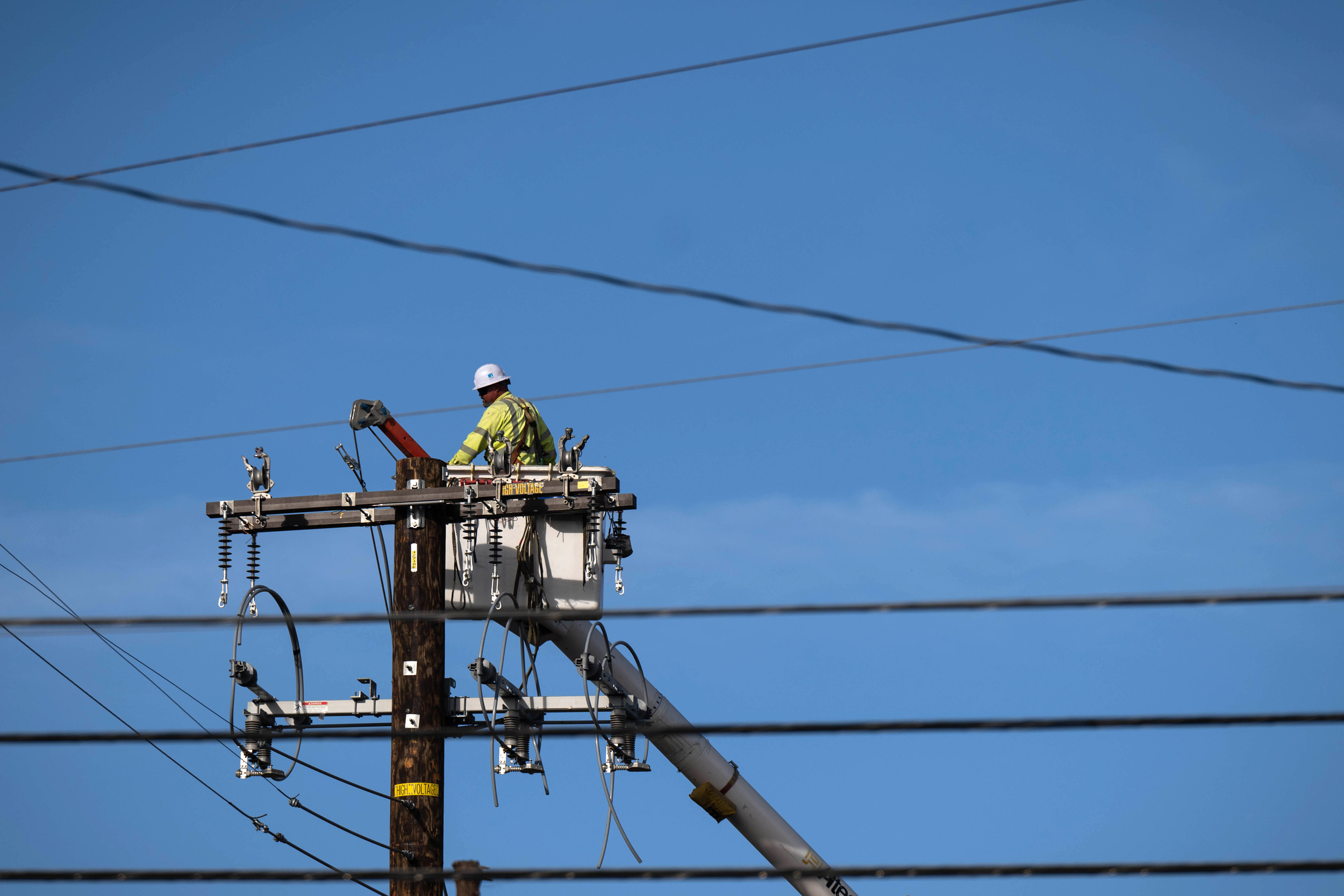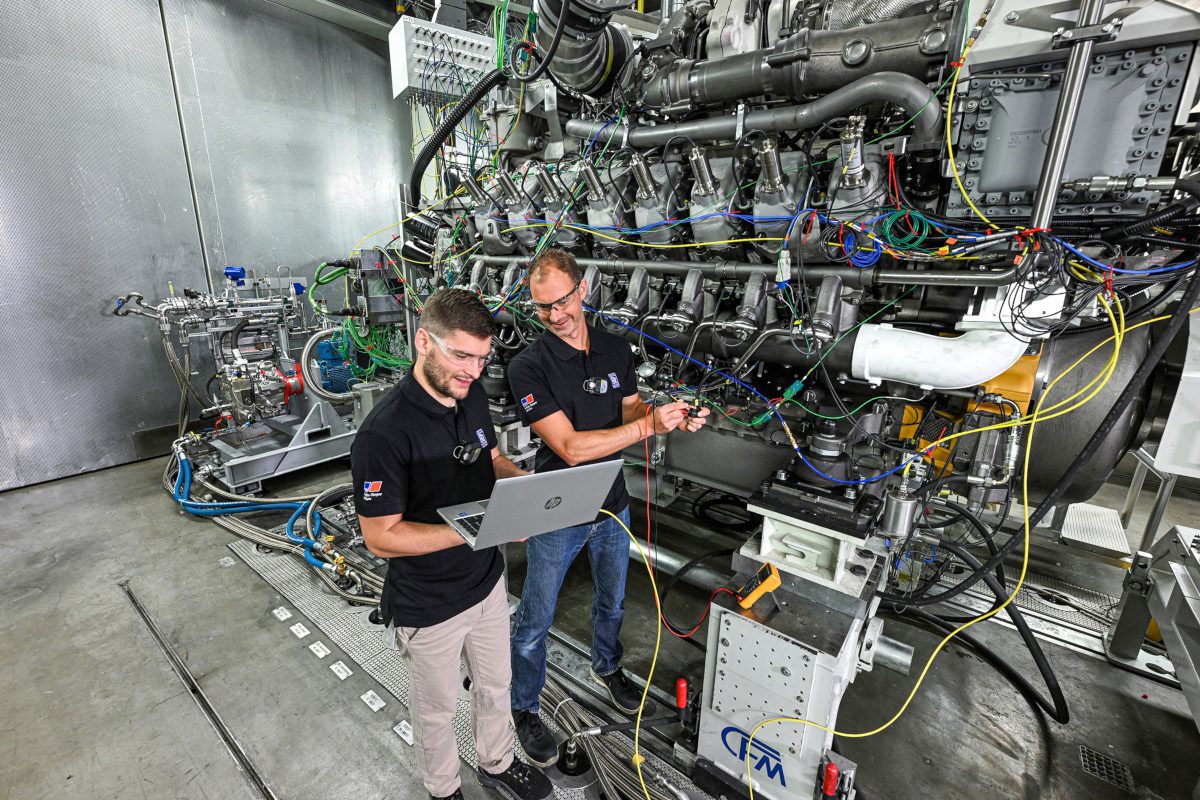A 2023 Michigan law reduces local governments’ authority to block wind and solar projects, but the measure has been in limbo because of the possibility that opponents of development would obtain enough signatures to force a repeal vote.
This period of uncertainty has now ended following an announcement that the campaign for the referendum failed to qualify for the November ballot.
Organizers of the campaign, dubbed Citizens for Local Choice, confirmed on Tuesday that they had not met a deadline to get the hundreds of thousands of signatures needed from voters this year. They vowed to continue their work.
“The campaign is strong and robust and while we have not reached the required signature threshold to make the 2024 ballot, we will continue our ambitious effort to leverage our legal 180-day window and work to secure a placement on the 2026 ballot,” the organization said in a statement.
We’re hiring!
Please take a look at the new openings in our newsroom.
See jobs
Gov. Gretchen Whitmer, the Democrat who signed the law in November, now has at least two years to demonstrate to voters that her approach is the right one.
If implemented properly, I think Michigan’s law could become a model for states that want to prevent local governments from vetoing nearly all wind and solar projects, but also want an approval process that is mindful of local concerns.
Michigan’s law is one of several passed in states controlled by Democrats that responded to a growing opposition to renewable energy in rural counties. Other recent examples include Illinois’ 2023 law that severely curtailed local siting control, and two Minnesota laws, from 2023 and earlier this month, that deal with the process for approving power projects. My colleague Kristoffer Tigue wrote about the most recent Minnesota proposal before it passed.
States are motivated to pass these laws because they will likely be unable to meet their requirements for a shift to renewable energy if county governments ban or severely restrict development.
At the same time, local government leaders have said they are merely reflecting the sentiment of constituents who worry that wind and solar are transforming the landscape in a harmful way.
Sarah Mills, a University of Michigan professor who writes about how renewables fit into local planning, walked me through her state’s new law.
“‘No,’ from a local government’s perspective, is no longer an option,” she said. “The question is, how do you get to ‘yes.’”
The law gives local governments several options for how to handle large wind and solar projects proposed in their jurisdictions. One option is to let the Michigan Public Service Commission handle the review and approval. Another option is for the local government to pass a “compatible renewable energy ordinance,” which would set rules for development but also is barred by state law from being overly restrictive or banning development. A third option is for local governments to retain their current rules, but developers now have the ability to declare those rules unworkable and take their proposal to the state commission.
Prior to the new law, local governments had broad authority over wind and solar projects that made it much easier for them to block the development of renewable energy.
Mills is optimistic that the use of the three options could lead to results that allow development, with guardrails to protect local needs.
So far, no county has adopted a compatible local ordinance, in part because local officials were waiting to see if the repeal measure would make the ballot, and not much time has passed since the law took effect.
Now, Mills expects some of the counties that are the best sites for development, with lots of open land and strong wind or solar resources, to pass the ordinances, but she said this is just an educated guess on her part.
She has been critical of state laws that limit local control over renewable energy projects because she thinks the long-term solution is for rural communities to work with developers to figure out how wind and solar can meet local needs. Projects can meet local needs through tax payments that help pay for local priorities, or by steering clear of proposing development in places that a county has identified for other uses.
Her larger point is that renewable energy developers and state officials won’t be able to build long-term support for an energy transition by imposing projects on rural communities.
“I’m cautiously optimistic about how Michigan’s law will be implemented,” she said. “I’m hopeful that the state will reaffirm the importance of thoughtful community-level planning and in so doing be a national model in how you can advance statewide climate priorities without sacrificing local priorities, and see host communities as a partner in the energy transition rather than an obstacle. But I do think we’re still in wait-and-see mode. How this turns out depends a bunch on implementation.”
Environmental and clean energy advocates are celebrating the failure of the Citizens for Local Choice to qualify for the ballot. They noted during the campaign that some of the people involved with the ballot measure have ties to fossil fuel companies and organizations, and have a history of using misleading information to stoke fears of wind and solar.
“This is a huge victory for clean energy progress in Michigan and a massive defeat for fossil fuel dark money interests attempting to misuse siting policy to derail the clean energy economy,” said a statement from Courtney Bourgoin, Midwest senior policy and advocacy manager for Evergreen Action, an environmental advocacy group.
I asked Bourgoin whether the 2023 law may intensify negative attitudes about wind and solar in rural areas.
“Once more of these projects get online, I think communities are going to really start experiencing the benefits that are coming from them,” she said.
In other words, the opposition is more about fear of what projects may be like as opposed to the reality.
This story is funded by readers like you.
Our nonprofit newsroom provides award-winning climate coverage free of charge and advertising. We rely on donations from readers like you to keep going. Please donate now to support our work.
Donate Now
Because of this, she thinks the next two years, before this issue may appear on the 2026 ballot, give renewable energy developers an opportunity to prove that many of the objections are wrong.
The campaign against development has said that wind and solar are ugly and potentially unsafe. Good projects can dispel those fears.
Mills agrees that well-executed projects with clear local benefits can help to ease opposition. But she also knows from her own research into local attitudes that some of the people who are most adamantly opposed are unlikely to ever come around.
A larger goal is for Michigan, or any state, to have a policy with enough support that it doesn’t change whenever a new party comes into power. Whitmer, who was re-elected in 2022 and will leave office at the end of 2026, has time to implement her vision, if that is indeed a priority for her.
Other stories about the energy transition to take note of this week:
School Districts Receive $900 Million from EPA to Fund Electric School Buses: The Biden administration has issued the latest round of funding to clean up the country’s school bus fleet, awarding about $900 million in rebates to help school districts buy about 3,400 clean school buses, as Jeff St. John reports for Canary Media. Nearly all of the new buses run on electricity. With this and previous rounds, the government has awarded about $3 billion from a $5 billion program created by the 2021 Bipartisan Infrastructure Law. Diesel buses are harmful to the climate and to students’ health, which is part of why the government is encouraging a shift to electric buses.
How Charging Rivals Plan to Thrive on Tesla’s Chaos: Tesla’s competitors are taking advantage of the tumult from Elon Musk’s layoffs of the company’s entire EV charging team. Other charging companies have hired former Tesla employees and are moving in on Tesla’s real estate, as David Ferris reports for E&E News. EVGo and Francis Energy are among the companies aiming to fill the void Tesla may be leaving, while Tesla has said it will continue to support and expand the charging network, even with the layoffs.
The IRA Has Sparked a Clean Energy Boom but Its Political Impact Is a Lot Less Clear: The Inflation Reduction Act, President Joe Biden’s signature clean energy and climate law, has delivered in terms of stimulating investment but it has not yet become a winning political issue, as David Gelles reports for The New York Times. With just a few months to go before voters decide whether to re-elect Biden, time is running out for his campaign to show how the law has led to a surge in hiring and spending by companies.
Virginia Has the Biggest Data Center Market in the World. Can It Also Decarbonize Its Grid? Dominion Energy, Virginia’s largest electric utility, has forecast that data centers will be the most significant driver of rising energy demand in the state over the next 15 years. And while the utility has pledged it will decarbonize its Virginia grid by 2045, in line with state law, the company has also indicated that it will need to build new natural gas power plants to meet demand, as Sarah Vogelsong reports for ICN. The dynamic in Virginia is similar to what’s happening in many states with data centers, but Virginia’s electricity demand from data centers is unusually high, raising the stakes for what the utility and state officials do to respond.
On California’s Central Coast, Battery Storage Is on the Ballot: A fight is underway on California’s Central Coast over whether the region should continue to allow development of utility-scale battery storage projects to help shore up the electricity grid, as Erin Rode reports for ICN. Opponents of development are talking about the toxicity and fire risk of lithium-ion batteries. At the same time, batteries have become an important contributor to the reliability of California’s grid.
Inside Clean Energy is ICN’s weekly bulletin of news and analysis about the energy transition. Send news tips and questions to [email protected].





